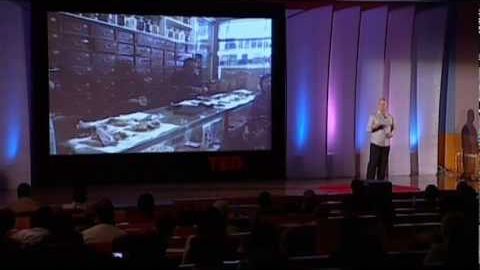【TED】変?それとも違うだけ?文化の違いのおもしろさ
Lee Jenny が 2021 年 01 月 14 日 に投稿  この条件に一致する単語はありません
この条件に一致する単語はありませんUS /ˈɑbviəs/
・
UK /ˈɒbviəs/
- n.言い回し;音楽の節;語句;句
- v.t./i.言い表す
US /ˈpɪriəd/
・
UK /ˈpɪəriəd/
- n. (c./u.)期間 : 時代;強調;終止符;生理;授業時間 : 時限
US /ˈriəˌlaɪz/
・
UK /'ri:əlaɪz/
エネルギーを使用
すべての単語を解除
発音・解説・フィルター機能を解除

